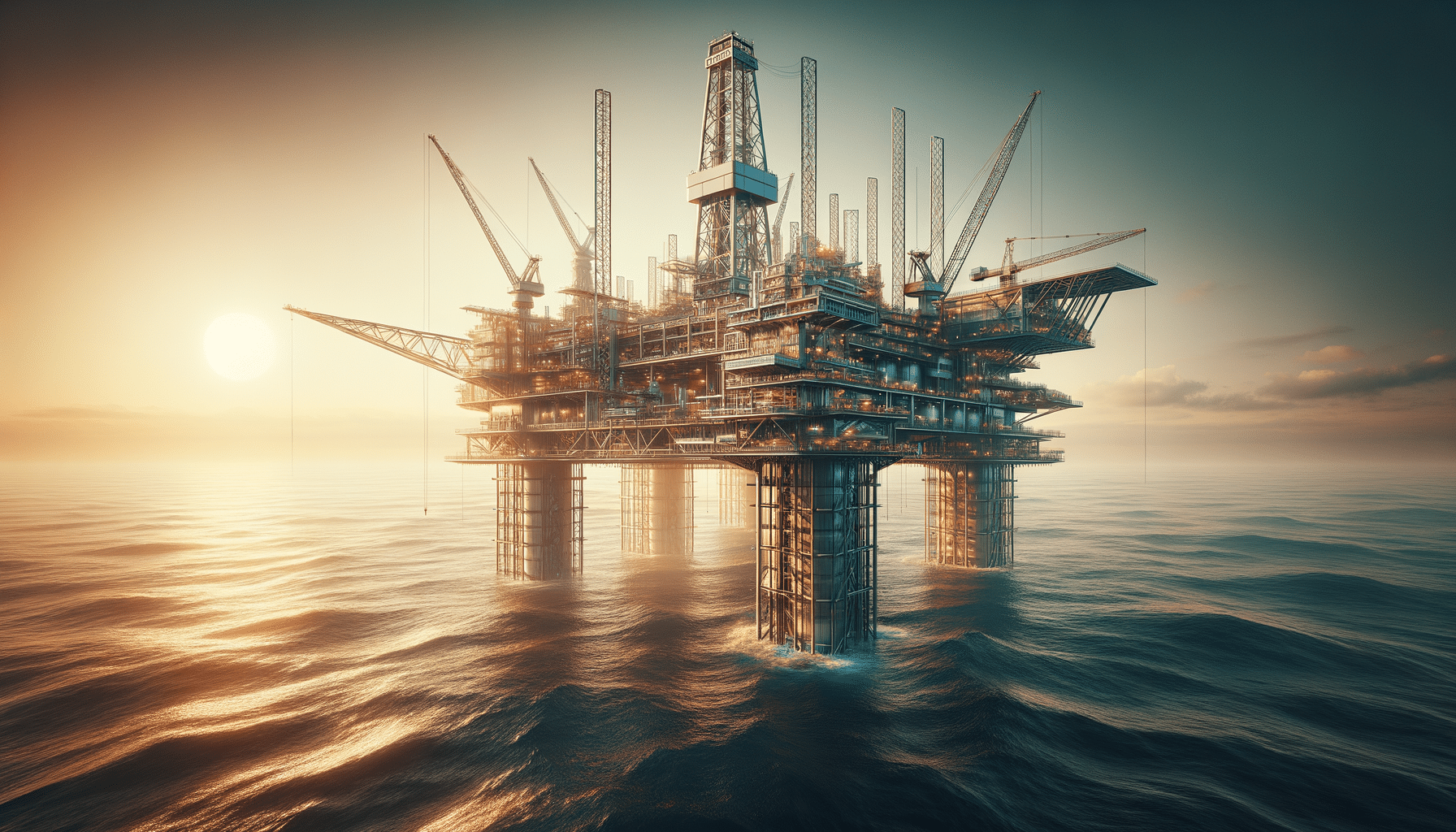Exploring the World of Oil Rigs: A Comprehensive Guide
Looking for a career in the oil industry? Oil rig jobs offer hands-on experience, competitive pay, and opportunities for career growth. Whether you’re new to the field or have industry experience, various positions are available to match different skill levels. Explore the possibilities and take the next step toward working offshore.

Introduction to Oil Rigs
Oil rigs are fascinating structures that play a crucial role in the global energy supply chain. These engineering marvels are designed to extract oil and gas from beneath the earth’s surface, often located in challenging environments such as deep water or remote land areas. The importance of oil rigs in today’s world cannot be overstated, as they contribute significantly to meeting the energy demands of industries and households alike. Understanding the workings of oil rigs provides insight into the complexities of energy production and the technological advancements that drive this sector.
Types of Oil Rigs
Oil rigs come in various forms, each designed to suit specific environments and extraction needs. The two main categories are onshore and offshore rigs. Onshore rigs are located on land and are generally easier to access and maintain. Offshore rigs, on the other hand, are situated in bodies of water and present unique challenges and opportunities. Within these categories, there are several subtypes:
- Jack-up Rigs: These rigs are mobile and can be towed to different locations. They are used in shallow waters and have legs that extend to the seabed for stability.
- Semi-submersible Rigs: Designed for deeper waters, these rigs float on large pontoons and are anchored to the ocean floor. They offer more stability in rough seas.
- Drillships: As the name suggests, these are ships equipped with drilling equipment. They are used for deep-water drilling and can be moved to various locations.
- Fixed Platforms: These are permanent structures anchored to the seabed. They are used for long-term extraction in a specific location.
Each type of rig has its advantages and specific applications, making the choice of rig a critical decision in the oil extraction process.
The Life on an Oil Rig
Working on an oil rig is not for the faint-hearted. It involves long hours, challenging conditions, and often extended periods away from home. However, it also offers a unique lifestyle and rewarding career opportunities. Life on an oil rig is characterized by:
- Shift Work: Employees typically work in shifts, often two weeks on and two weeks off, allowing for concentrated work periods followed by substantial rest periods.
- Living Quarters: Accommodations on rigs are compact but functional, with facilities for dining, recreation, and rest.
- Safety Protocols: Safety is a top priority on oil rigs, with strict protocols and training programs in place to ensure the well-being of all personnel.
- Team Environment: Working on a rig requires collaboration and teamwork, as employees rely on each other to maintain operations and safety.
Despite the challenges, many find the camaraderie and unique environment of oil rigs to be a rewarding aspect of their careers.
Technological Innovations in Oil Rig Operations
The oil industry is continuously evolving, with technological innovations playing a pivotal role in enhancing the efficiency and safety of oil rig operations. Some of the significant advancements include:
- Automation and Robotics: The use of automated systems and robotic technologies has improved precision in drilling operations and reduced the risk of human error.
- Remote Monitoring: Advances in communication technology allow for real-time monitoring and control of rig operations from onshore locations, improving decision-making and response times.
- Enhanced Safety Measures: Innovations in safety equipment and protocols have significantly reduced the risk of accidents, ensuring a safer working environment for all rig personnel.
- Environmental Considerations: New technologies are being developed to minimize the environmental impact of drilling, such as better waste management systems and cleaner extraction methods.
These technological advancements are crucial in addressing the challenges faced by the oil industry and ensuring sustainable operations in the future.
Conclusion: The Future of Oil Rigs
As the demand for energy continues to grow, oil rigs will remain a vital component of the global energy infrastructure. However, the industry faces significant challenges, including environmental concerns, fluctuating oil prices, and the transition to renewable energy sources. The future of oil rigs will likely be shaped by the industry’s ability to adapt to these challenges through technological innovation and sustainable practices. For those considering a career in this field, the opportunities are vast and varied, offering a chance to be part of an industry that is both dynamic and essential to modern life.